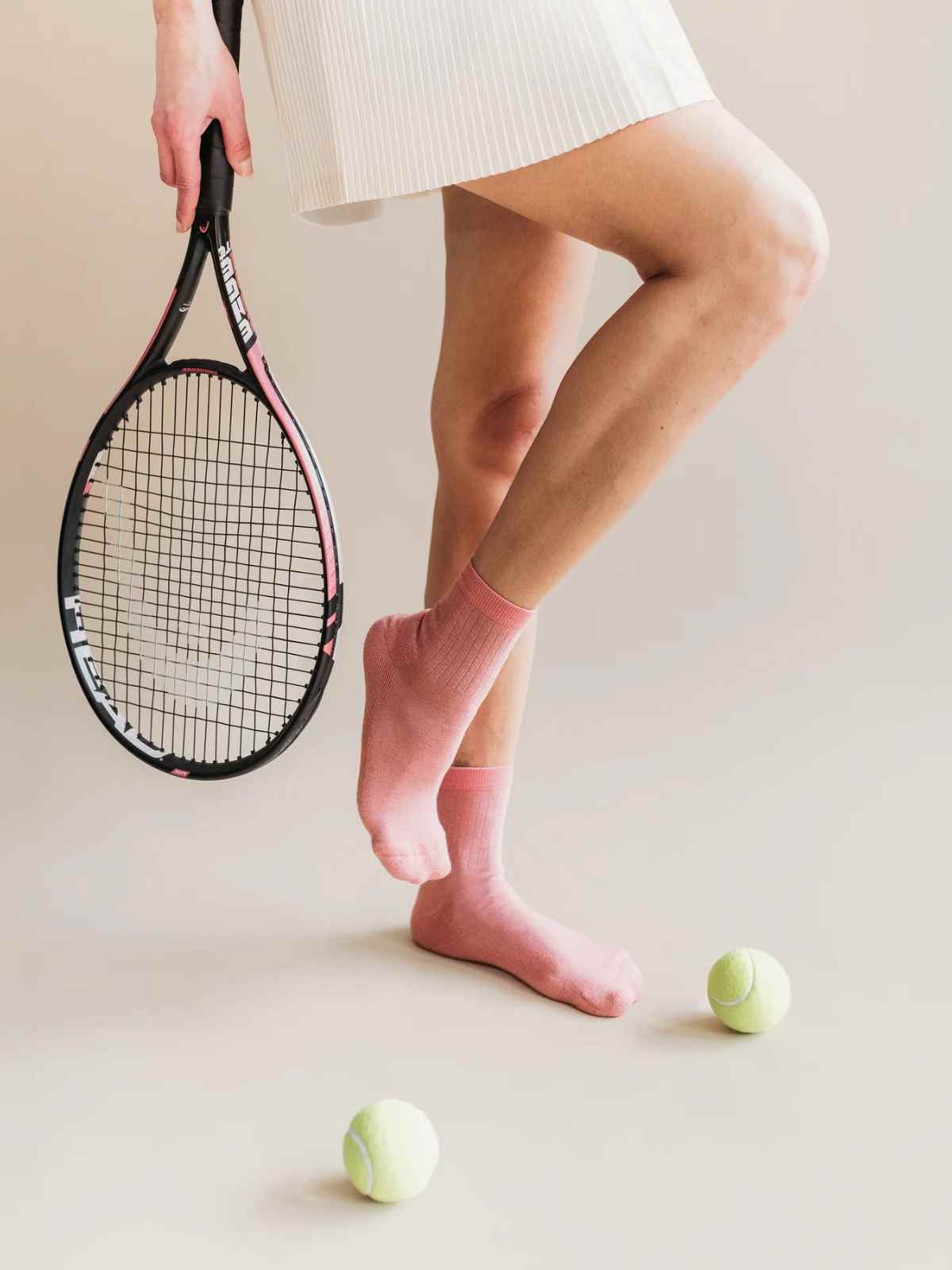Do you darn old socks? Take your shoes to the cobblers? Or put patches on your elbows and knees when they thin out? A Swedish study from 2017 suggests extending the life of our clothes is “the single best thing we can do for the planet”. Read on to discover why worn-out clothes are the most sustainable thing in your wardrobe and how to make sure they stick around for as long as possible.
Fashion cycles and consumer habits have drastically changed over the past decade or two. Did you know we produce clothes faster and more cheaply, and in larger quantities than ever before? Fast fashion brands have flooded the market and with them a deluge of waste, pollution, and carbon emissions. There are even ultra-fast-fashion brands now!
That’s why researchers in Sweden have taken a detailed look at the life cycle of modern clothing. The 2017 study out of the Chalmers University of Technology has generated the most comprehensive life cycle analysis of the environmental impact of our apparel to date. And the results are fascinating.
We’ve always known the textile industry impacted our environment, but now we can see precisely how. Researcher Sandra Roos reveals several significant issues facing the clothing manufacturing processes, and the biggest problem is production. Production accounts for a massive 70% of the overall carbon footprint of the fashion industry. That’s even more than distribution (4%) and washing and drying (3%). Surprisingly, she found the emissions from shopping trips—taken mainly by car in Sweden—came in second, with a significant 22%.
As expected, Roos’ research found that cotton farming drastically damages the land on which it is grown. But her research also reveals a problem in the processing stages of other fibres such as nylon, wool, and polyester. And the chemicals used in the weaving, knitting, and dyeing of these materials are as dangerous as growing cotton!
The best thing you can do
The researchers say that the lifecycle of a piece of clothing could be between 100-200 wears, but only a fraction of garments ever stay in our wardrobes that long. Shoppers in Europe and North America buy about 50 new clothing items per person each year. But given how much of an item of clothing’s impact is in production, buying fewer clothes and getting more wear out of the ones we have is the most critical thing we can do to stop our fashion tastes from impacting the planet. Or as Sandra Roos put it:
If you want to be as eco-friendly as possible, there is only one thing you need to remember: use your clothes until they are worn out. That is more important than all other aspects, such as how and where the clothes were manufactured and the materials they are made of.
So, what can we do to extend the life cycle of our clothing? Below are some more valuable points from Sandra Roos’ research to become a more conscious shopper:
- Give away or sell your clothing to extend its life cycle. This one comes with a caution. Merely dumping your fast fashion in the charity bin so you can buy more contributes to the oversupply of clothing and does nothing to stop production impacts. On the other hand, buying second hand clothing instead of buying new is an excellent step in the right direction.
- Look for eco-friendly materials, including natural materials such as organic cotton, hemp, linen, or recycled wool, or low impact materials such as Lenzing Modal and lyocell (also known as Tencel).
- Think about how you wash and dry your clothes. Each wash shortens the life of a garment, and tumble drying has an even more significant impact, using five times more energy than washing. Using a cold wash and a good old-fashioned clothesline when possible is better for both your clothes and the environment!
- Invest in clothes made from high-quality materials so that you can get more wear out of your clothing.
- Resist “trends” and the urge to buy endless amounts of clothing. Instead, buy a small amount of high quality, timeless pieces that you love and will wear over and over again.
- Look for ethical fashion brands that care about reducing their carbon footprint. The free Good On You app or web Directory is a great resource that rates brands according to their environmental impact and their treatment of workers and animals. Look for brands rated “Good” or “Great”.



















